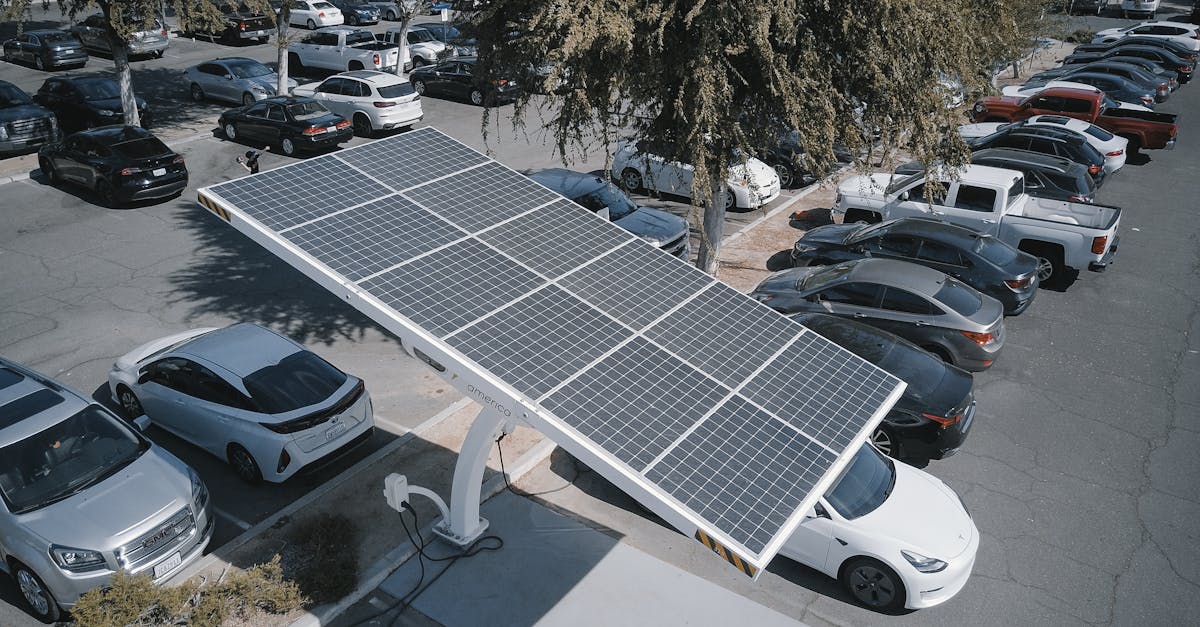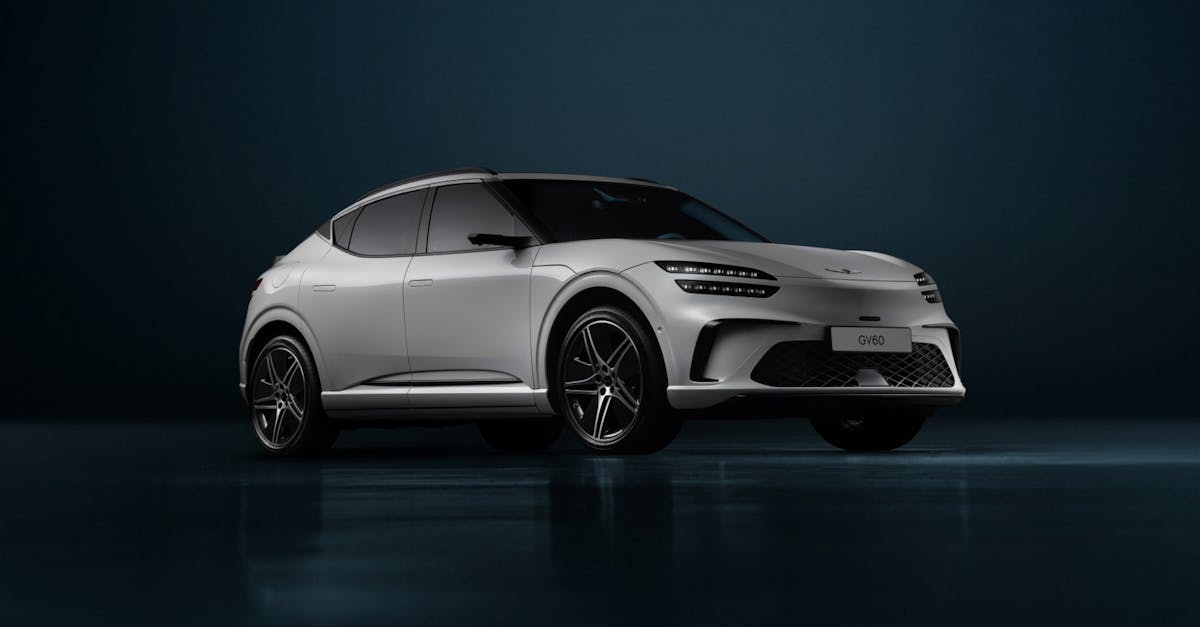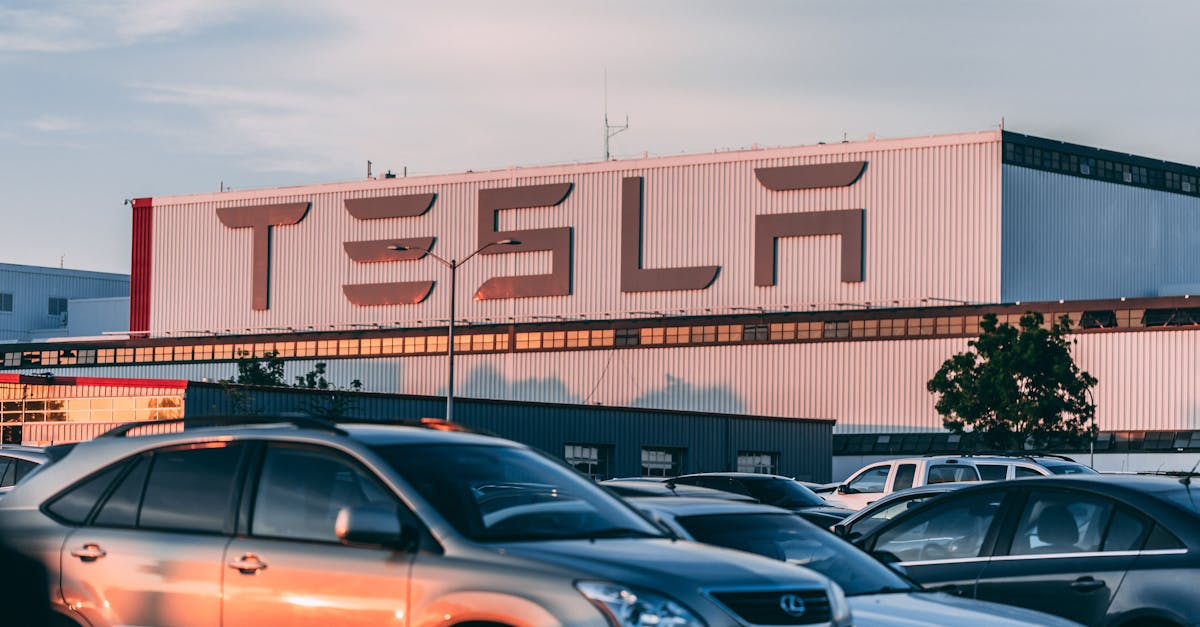The Shift to Electric Vehicles Opportunities and Challenges
Introduction
The automotive industry is undergoing a revolutionary transformation with the shift towards electric vehicles (EVs). As global concerns about climate change and air pollution intensify, the demand for cleaner, sustainable transportation has never been more pressing. Electric vehicles, which rely on electricity for propulsion, offer a promising solution to reduce greenhouse gas emissions and our dependence on fossil fuels. However, this transition is not without its challenges. This article explores the evolving landscape of electric vehicles, highlighting both the opportunities they present and the obstacles that need to be tackled for widespread adoption.
Advertisement
Environmental Benefits and Sustainability
One of the most significant advantages of electric vehicles is their potential to mitigate environmental impact. Unlike traditional internal combustion engines, EVs produce zero tailpipe emissions, leading to improved air quality in urban areas. This shift can substantially reduce greenhouse gas emissions, contributing to global efforts in combating climate change. Additionally, advancements in technology are leading to more efficient energy use in EVs, directly influencing their sustainability. As the energy grid becomes greener with increased solar and wind power, the environmental benefits of electric vehicles will continue to grow.
Advertisement
Technological Advances Driving the Change
The rapid development of battery technology has been a critical driver in the shift to electric vehicles. Modern lithium-ion batteries offer higher energy densities, allowing EVs to cover greater distances on a single charge. Research is also ongoing into alternative battery technologies, such as solid-state batteries, which promise even more efficiency and reduced charging times. Furthermore, advancements in charging infrastructure are facilitating convenient and widespread access to electric refueling stations, making the adoption of EVs more seamless for consumers.
Advertisement
Economic Opportunities and Market Growth
The shift to electric vehicles is spurring significant economic opportunities and market growth. As automakers pivot to electrifying their fleets, new markets are emerging for battery manufacturing, software development, and electric powertrain production. Countries investing in electric vehicle ecosystems are likely to experience job creation in these emerging sectors. Moreover, consumers stand to benefit from reduced running costs, as electricity is generally cheaper than gasoline, and EVs tend to have lower maintenance expenses due to fewer moving parts.
Advertisement
Policy and Governmental Support
Policy measures and governmental support are crucial in accelerating the adoption of electric vehicles. Various countries are implementing subsidies, tax incentives, and regulations to encourage both consumers and manufacturers to embrace EVs. Commitments to banning the sale of new gasoline-powered vehicles by certain future dates are setting clear targets for the industry. Additionally, investments in renewable energy sources are complementing the transition by ensuring that the electricity powering vehicles is sustainably sourced.
Advertisement
Challenges with Infrastructure and Range Anxiety
Despite the promising potential of electric vehicles, infrastructural challenges are noteworthy. The existing charging infrastructure is insufficient in many areas, making long-distance travel and city-wide electrification less practical. Range anxiety, the fear of running out of charge with no nearby charging station, remains a significant concern for many potential EV buyers. Expanding the network of fast-charging stations and innovating with battery swap technology are potential solutions to ease these apprehensions.
Advertisement
Production and Supply Chain Obstacles
The production and supply chain for electric vehicles present unique challenges. The demand for minerals like lithium, cobalt, and nickel, essential for battery production, is anticipated to surge, potentially leading to supply bottlenecks and price hikes. Ensuring ethical sourcing and minimizing the environmental footprint of mining activities are vital considerations. Moreover, traditional automakers transitioning from internal combustion engines to EVs must navigate complex logistical and manufacturing changes, requiring substantial investment and retraining of workforce.
Advertisement
Consumer Perception and Adoption Hurdles
Consumer perception and awareness play a pivotal role in the electric vehicle transition. Misinformation about EV capabilities and performance can deter potential buyers. Additionally, the initial cost of purchasing an electric vehicle can be higher than traditional vehicles, despite lower long-term operational costs. Raising awareness about the total cost of ownership benefits and addressing consumer education are necessary to overcome these adoption hurdles.
Advertisement
The Role of Innovation and Future Trends
Innovation in autonomous driving technology and integration with smart grids are shaping the future of electric vehicles. Autonomous electric vehicles promise enhanced safety and efficiency while smart grid integration could optimize energy use and reduce costs further. The development of wireless charging and vehicle-to-grid technologies indicates a shift towards even more interconnected and efficient transportation systems. The potential of electric vehicles is vast, and continued innovation will be crucial in addressing present and future challenges.
Advertisement
Conclusion
The shift to electric vehicles is a significant step in transforming the transportation industry towards a more sustainable and environmentally friendly future. While numerous challenges remain—ranging from infrastructure and supply chain to consumer acceptance—there are equally compelling opportunities for economic growth and technological advancement. Key to this transition will be a collaborative approach between governments, industries, and consumers to ensure that the benefits of electric vehicles are fully realized. As innovation continues to push boundaries, the dream of a predominantly electric automotive future seems increasingly attainable.
Advertisement



